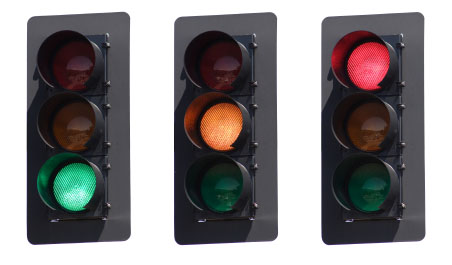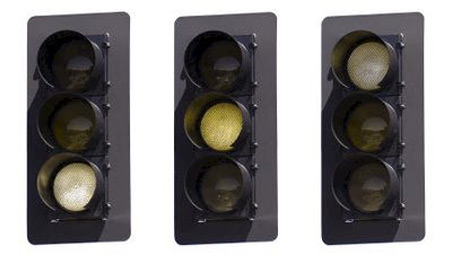Colour blind people face many difficulties in everyday life which normally sighted people just aren’t aware of. Problems can arise in even the simplest of activities including choosing and preparing food, gardening, sport, driving a car and selecting which clothes to wear. Colour blind people can also find themselves in trouble because they haven’t properly understood information in the workplace or not noticed themselves/their child getting sunburnt.
Colour blindness can affect access to education, exam grades, career choice and career progression.
We have an active community of people on our Twitter and Facebook pages where you can get an insight into the daily frustrations of living with colour blindness.
Here are a just a few examples of typical, everyday problems:-
Food: Most red/green colour blind people won’t know if they’ve cooked a piece of meat rare or well done and they’re unlikely to be able to tell the difference between green and ripe tomatoes or between ketchup and chocolate sauce.
Colour blind people often try to eat unripe bananas because they can’t tell the difference between a green unripe banana and a yellow ripe banana – to them because both of the colours appear to be the same shade they often think they are the same colour.










